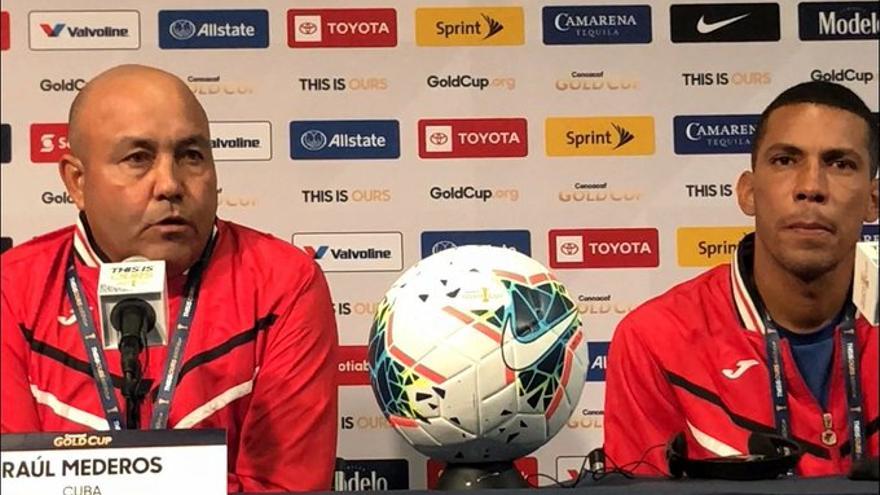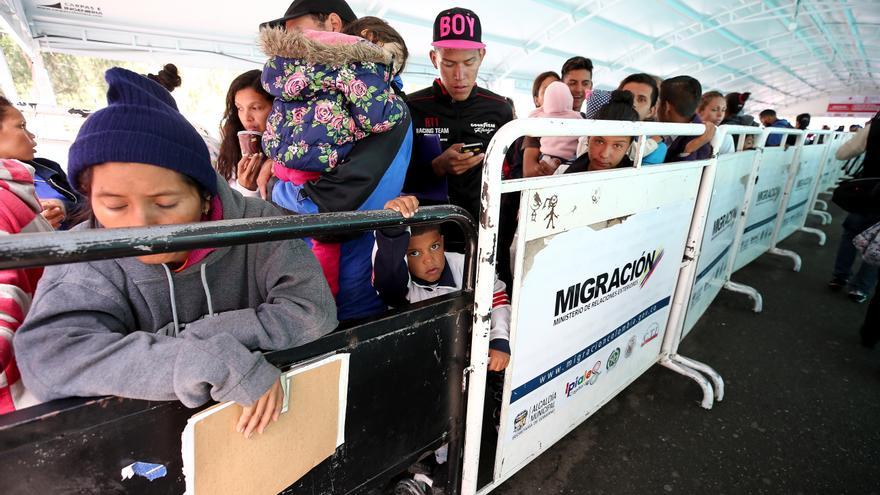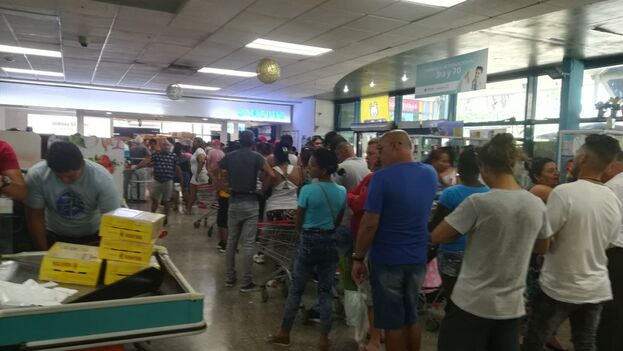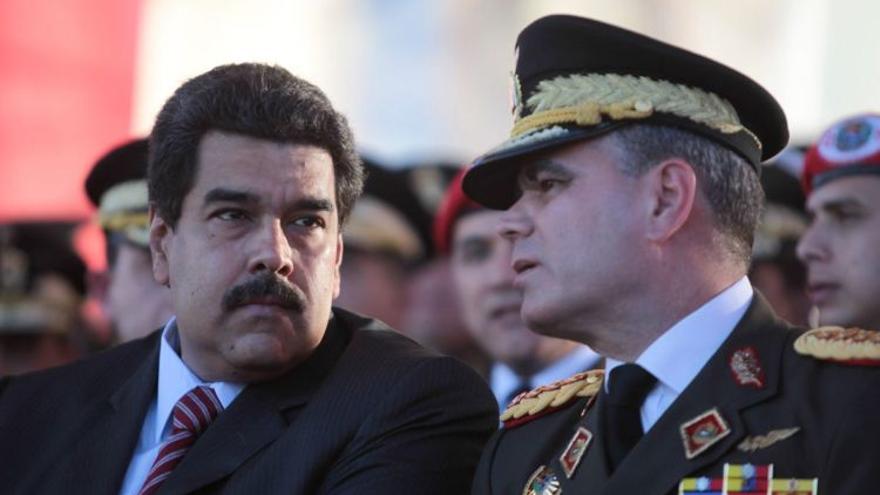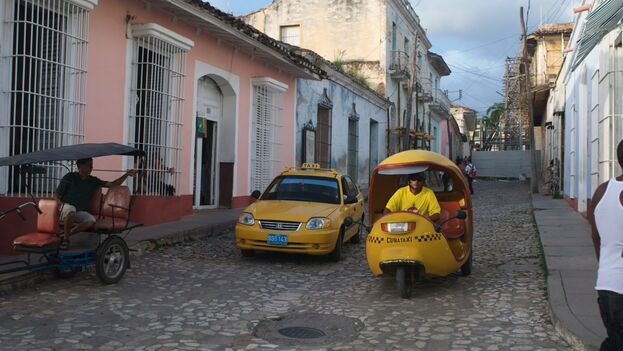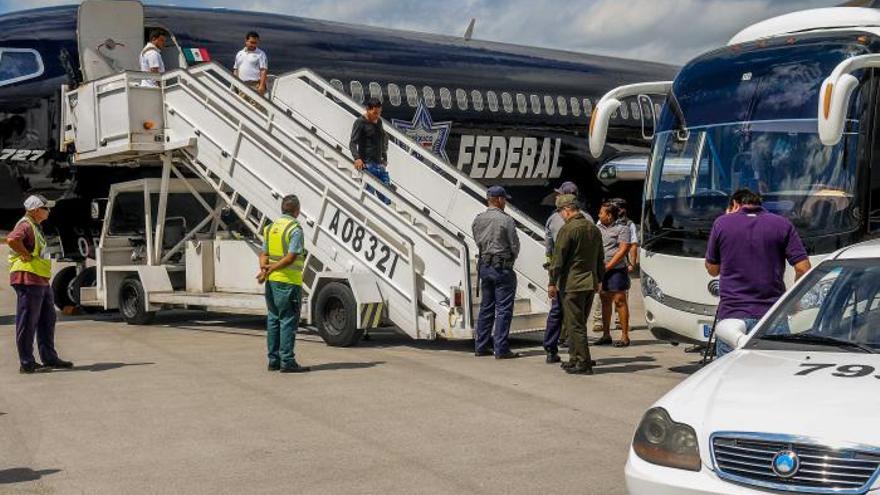
![]() 14ymedio, Zunilda Mata, Havana, July 22, 2019 — “We don’t have Cristal or Bucanero,” repeats the employee of a state-owned cafe in Havana. On the counter, a can of Heineken and another of Hollandia sum up the offerings of cold drinks, at a price of 1.50 and 1.75 CUC, much higher than the domestic product.
14ymedio, Zunilda Mata, Havana, July 22, 2019 — “We don’t have Cristal or Bucanero,” repeats the employee of a state-owned cafe in Havana. On the counter, a can of Heineken and another of Hollandia sum up the offerings of cold drinks, at a price of 1.50 and 1.75 CUC, much higher than the domestic product.
Beer, which three decades ago was almost a luxury or was only consumed on very special occasions like weddings, birthdays, and carnivals, has become a frequent companion to summer on the Island, at private restaurants, the tables of the new rich, and the relaxation of tourists. “There’s nothing better than a lager in this heat,” declares Urbano Rodríguez, a bartender at the private restaurant La Grandiosa, on the beaches in the east of Havana.
“It’s the product that’s sold the most, above soft drinks, cocktails, and bottled water, but also in the past year it’s become the most difficult to get,” confirms the employee, who has worked in the private food industry for 16 years. “A while ago it was easy to stock up on beer but now we have to almost do an espionage operation in the stores to know when they are going to put it out.” continue reading
Rodríguez laments that “there’s very little supply of domestic beers and every time they put it out in a market, they run out quickly.” The customers of the private restaurant where he works “have had to get used to drinking imported beers that are always a little more expensive,” he points out. In La Grandiosa, Cristal and Bucanero are sold at 1.50 CUC, but a can of Heineken surpasses them both.
The price of the beers is determined in the majority of countries by various factors, from the level of the company, taxes on alcohol, availability, the type of beer, which can be industrial or craft, but also the flavor and the tradition of a certain brand. However, on the Island that price is determined by factores like scarcity, shipments, and money of the informal economy.
Only two state-owned places of the twenty visited by this newspaper had domestic beer this weekend. The rest had imported product or totally lacked it. However, a similar trip to 20 private establishments revealed that in all of them there was Cristal or Bucanero, along with imported beers.
At state-owned markets domestic beer has a price of 1 CUC but the private, more exclusive places sell it for double, although in the past year, frequently, they have only been able to get brands from Mexico, Panama, Europe, and a few other far-off places on the planet.
“It’s clear that the tourists want to drink Cuban beers but if there aren’t any, there aren’t, and that’s it,” points out the bartender. “Who comes here to drink Dutch or German beer?” he asks. “They blame private companies for stockpiling boxes and boxes of Cristal or Bucanero when they sell it in stores, but what are we going to do, if we don’t keep up the supply we don’t sell.”
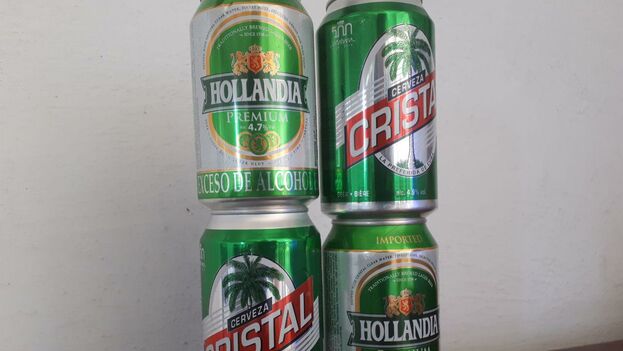
Recently, in an article published in the official press in Cienfuegos, self-employed workers were blamed for “stockpiling” domestic beer to later sell it at a higher price. The text reported that the product sold at private businesses costs almost “200% its sale price, perhaps 250% its cost price. For someone who didn’t invest even a drop of sweat in producing it.”
The price of beer in the private sector provoked a bitter controversy around who is responsible for the increase. While the official press points at the entrepreneurs, independent economists blame low production and the State’s attempts to control prices.
The text also blamed sources inside the administrative framework of state-owned stores who notify the private businesses about the sale of domestic beers and make money for themselves by selling them more than the permitted quantities. The product has suffered frequent shortages in recent years, which has obligated the regulation of its retail sale to two cases (of 24 cans or bottles each) per person.
According to the statistical yearbook of 2018, beer production has modestly grown on the Island to reach some 2.6 million hectoliters at the end of 2018, but demand seems to have increased more, especially from the liberalizations that expanded the practice of self employment and the arrival of a greater number of tourists.
“What has also happened is that beer has stopped being a luxury product and become something that Cubans feel that they deserve and that they should have it whenever they want. They’ve realized that it’s not an elite product but rather a proletarian beverage, to drink after work,” points out Erick Núñez, who works as an accountant at several private businesses.
“It’s been a slow process, influenced by the visits of emigrant Cubans who invite their family members on the Island to eat, spend a weekend at the beach, and stay in hotels, where beer is one of the least luxurious and most consumed drinks,” he believes. “What used to seem unattainable came to be something that everyone wants.”
The opinions of the economist Pedro Monreal match up with that hypothesis, and on his blog El Estado he points out that “in the case of beer, the same thing is happening as with almost all products: the demand is relatively divorced from the income that comes out of the pockets of the worker. Part of the explanation is remittances.”
Monreal explains that “there are specialists who place the level of remittances at some $3 billion annually, but it would be enough to assume half of that figure — $1.5 billion — for that income via remittances to surpass all the salaries paid in Cuba (34,262,000,000 Cuban pesos in 2017 [roughly $1.37 billion US]).”
On an international level the average price of a beer is $5.70, according to a study done in 2018 in 48 cities. Havana is far below the world average, far from the $8.00 of Hong Kong and the $7.70 in Zurich. But 1.50 or 2 CUC for a cold one is still high for those who live on their salary on the Island, who must pay an entire day’s wage — or more — to refresh themselves with a single Cristal.
It’s on that point where remittances, money from informal business, and earnings obtained through the private sector come into play. These incomes are what “are bringing up the price of some products, including beer,” believes Erick Núñez. “It’s a status symbol, a marker of economic solvency and everything that involves.”
“It’s happened that way with other products, which started out being the exclusive domain of the few who were able to pay for them and now they have a greater and greater demand,” points out the accountant. “On that list we can put disposable diapers for children, which before were a thing of the elite and now even the most humble person tries to look for some extra money to buy them, and also vegetable oil for cooking.”
“Remittances play a positive role in the Cuban economy,” notes Pedro Monreal, who believes that “the problem is that it’s an ’extra’ demand that the economic model has not been able to take advantage of to generate an equivalent ’extra’ supply,” and he points out the problems of production as the source of the shortage and the rise in prices of the product in the private sector.
A source from Cervecería Bucanero S.A. (CBSA), the most important domestic producer, tells this newspaper that “after the problems with raw materials a few years ago, production has stabilized and the plan is being fulfilled.” The official from the joint enterprise explains that “the shortage is owed to an increase in consumption and bad practices in distribution.”
This matches up with the judgment of the economist Elías Amor, a resident of Spain, who questions the explanation given in official media about the lack of beer in establishments managed by the State. If “they run out in state-owned stores it’s because those responsible for the communist planning are incapable of detecting needs and much less of increasing the supply.”
“Cubans who want to enjoy a cold beer know where they can find it, although they have to pay a higher price,” assures Amor. “Nobody can be punished for it. The owners of the private establishments do what they have to do: provide service, even though the price is higher.”
In the small storage room at La Grandiosa restaurant, this week some cases of Cristal beer alternate with those of the Heineken brand. “In summer we run out more quickly, we almost have to count on double what we normally have in other months,” says Urbano Rodríguez. “Because the beach without beer is hell.” The word of a bartender.
Translated by: Sheilagh Herrera
________________________
The 14ymedio team is committed to serious journalism that reflects the reality of deep Cuba. Thank you for joining us on this long road. We invite you to continue supporting us, but this time by becoming a member of 14ymedio. Together we can continue to transform journalism in Cuba.

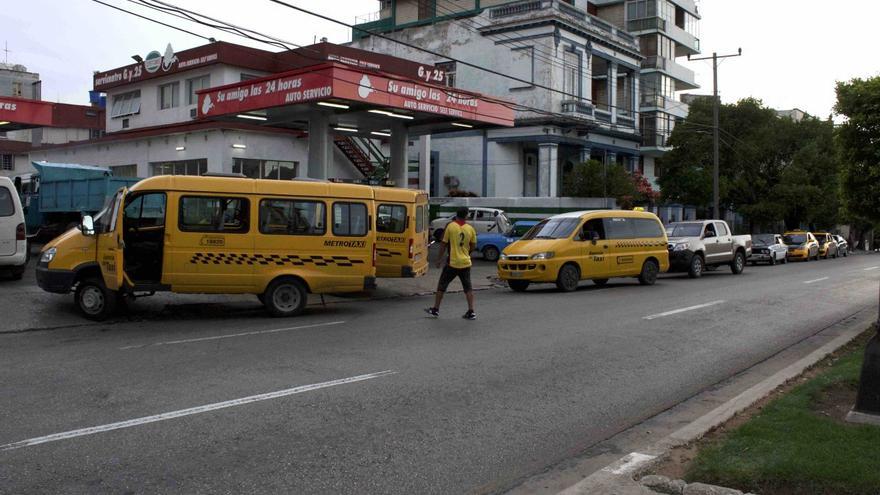

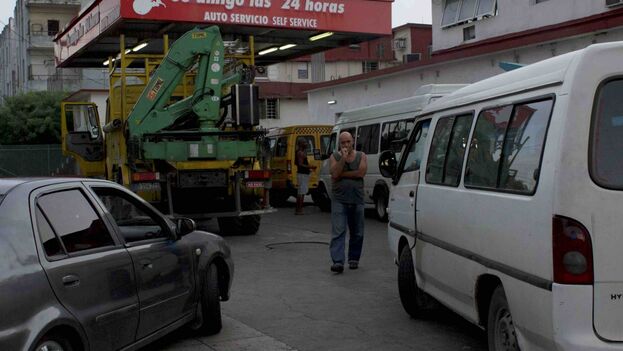
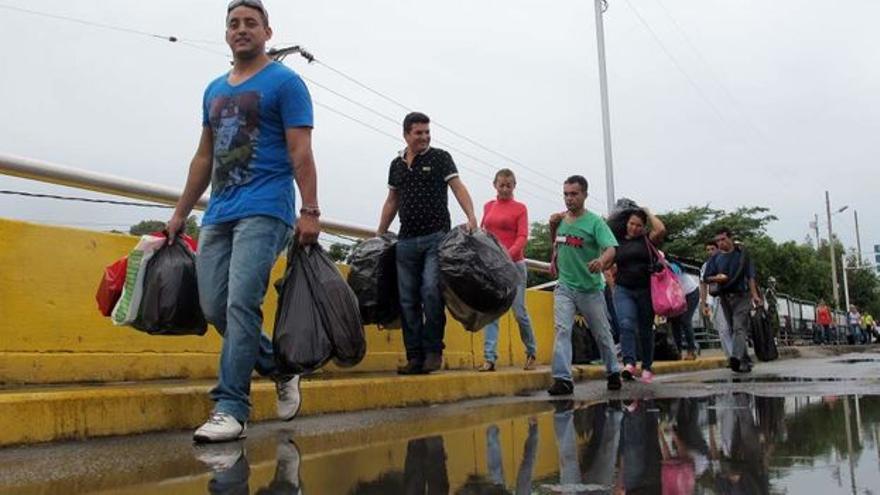
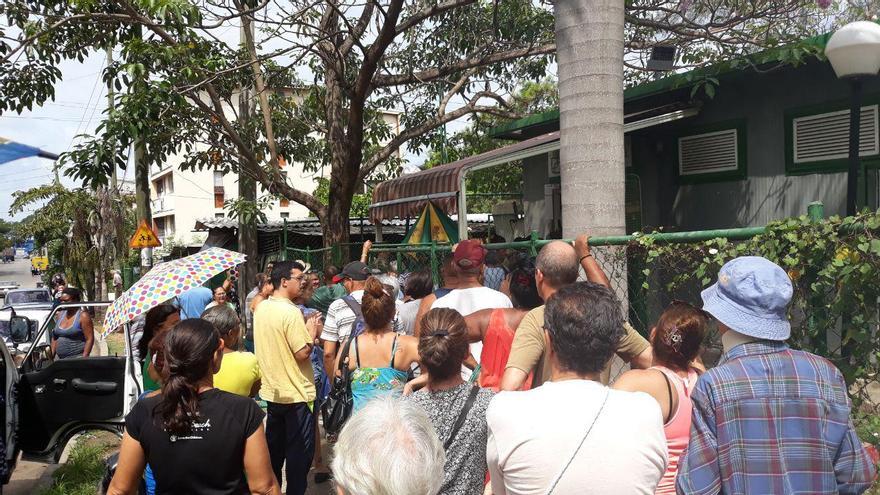



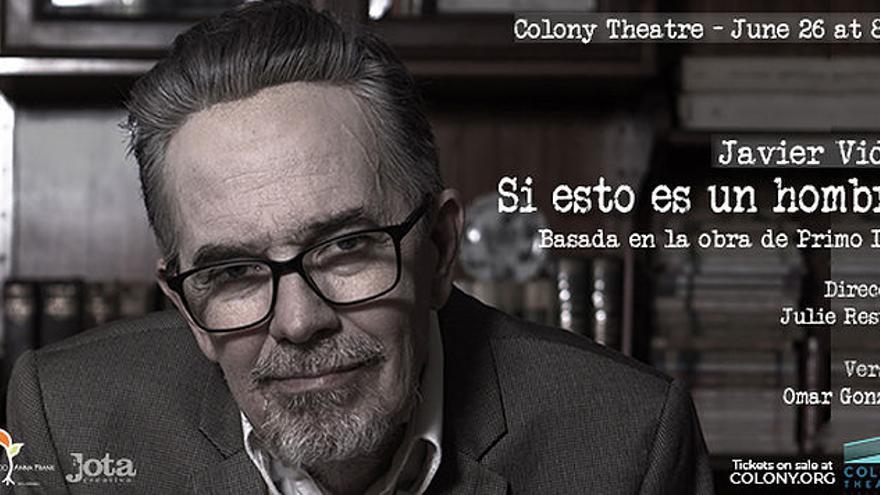

 This is how the average monthly temperatures (C) have behaved in Cuba from 1901 to March of 2019
This is how the average monthly temperatures (C) have behaved in Cuba from 1901 to March of 2019 